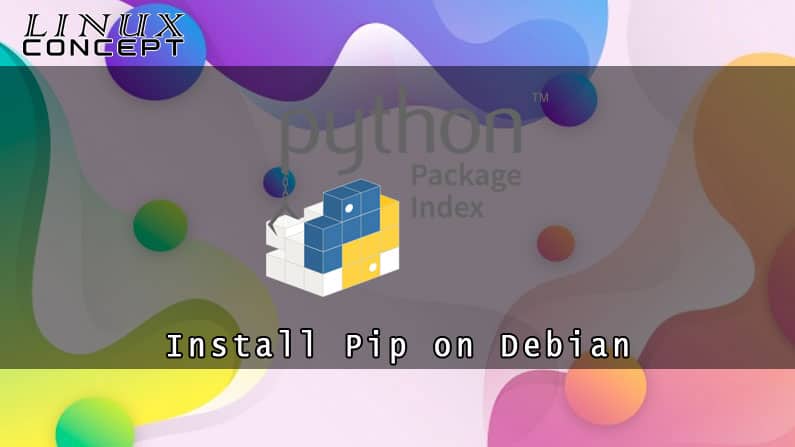

make -j 4Ĭhanging mode of build/scripts-3.10/pydoc3 from 644 to 755Ĭhanging mode of build/scripts-3.10/idle3 from 644 to 755Ĭhanging mode of build/scripts-3.10/2to3 from 644 to 755 This specifies the number of cores in your system. Remember to speed up the process by using the -j flag. When the check is complete, build Python 3.10 from the source as below. a.outĬonfig.status: creating Misc/python-embed.pcĬonfig.status: creating Misc/python-config.shĬonfig.status: creating Modules/ld_so_aix yesĬhecking for C compiler default output file name.

x86_64-pc-linux-gnuĬhecking host system type. Sample Output: checking build system type. In the command, the –enable-optimizations flag is used to optimize the binary and run multiple tests cd Python-3.10.*/ Navigate into the extracted directory and run the configure command to check if the required dependencies are available. With the tarball downloaded, extract it as below. Alternatively, get the download link and pull it with Wget as shown. While on this page, download the Python 3.10 Gzippeed tarball. Then download Python 3.10 from the official Python release page. sudo apt install build-essential zlib1g-dev libncurses5-dev libgdbm-dev libnss3-dev libssl-dev libreadline-dev libffi-dev libsqlite3-dev wget libbz2-dev We first need to install the required dependencies to be able to build Python 3.10 from the source. One advantage of this method is that we are guaranteed the latest available version of Python. In this guide, we will install Python 3.10 on Debian 11|10 by building it from the source code. sudo apt update & sudo apt upgrade Download Python 3.10 on Debian 11 / Debian 10 Debian 11|10 Operating system installed.Having known the new features for Python 3.10, let’s install it on our Debian 11|10 system. More updates on typing features that allow union types as X|Y, parameter specification variables e.t.c.Interpreter improvements with precise numbers for debugging.The latest release version, Python 3.10 comes with the following cool features Used alongside software to create workflows.Rapid prototyping or production-ready software development.Connecting to database systems, reading and modifying files.Handling big data and performing complex mathematics.Python being one of the widely used open-source object-oriented programming language, gains its popularity due to its simple and easy-to-learn syntax. Python 3.10 is the latest release version of Python but not stable as compared to the previous version Python 3.9, the final candidate is yet to be completed soon. PIP is the alternate python package installer.Welcome to this guide on how to install Python 3.10 on Debian 11 / Debian 10 Linux system. pip is famous for easily managing the python based packages. As well as, with the help of pip you can also install the package of particular version. Most importantly pip has a feature to manage full lists of packages and corresponding version numbers, possible through a “requirements” file.


It performs the same basic job as easy_install, but with some extra features. It can work with version control repositories (currently only Git, Mercurial, and Bazaar repositories), logs output extensively, and prevents partial installs by downloading all requirements before starting installation. It has some disadvantages when compared to easy_install. It does not use egg files, although it does preserve egg metadata. Install pip on CentOS / RHEL For RHEL 8.x and CentOS 8.x Some setuptools features are not yet supported, and some custom setup.py features won´t work. In CentOS 8 and RHEL 8, it is user choice to install the python version. As we know the Python 2.x has end of life in 2020.īasically we need pip for managing the python packages. In CentOS 8/RHEL when you install the Python 3.x by dnf command, it also install pip 3 as a dependency. So this command is for installing Python 3.x and pip3 as well. If you do not have pip 3.x in your CentOS 8 / RHEL 8 system then only use the given below command. sudo dnf install -y python3-pipĪfter installing pip 3 on CentOS 8 / RHEL 8, use pip3 command to manage the python packages. To check the help for pip3 command, use the given below command.įirst install the EPEL repo as per your Operating system version and architecture.įor detail study, you can read our previous post on EPEL. We have already written post on “ Install EPEL repo on CentOS 7 / RHEL 7” with more details. Now install pip with yum command yum install -y python-pip yum install epel-releaseįor RHEL 6.x and CentOS 6.x (x86_64) rpm -ivh įor RHEL 6.x and CentOS 6.x (i386) rpm -ivh Below given command will install EPEL repo on CentOS 7 / RHEL 7. You can confirm it by using following command.


 0 kommentar(er)
0 kommentar(er)
